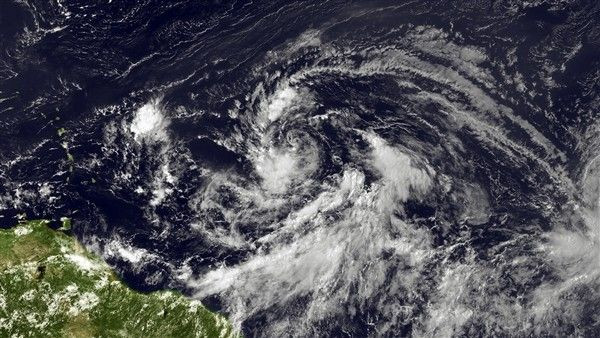Hurricane Isaac 2012: How To Prepare For Storm Set To Hit The Gulf Coast

As residents are deciding whether to evacuate Louisiana, Mississippi and Alabama, Tropical Storm Isaac is forecast to strengthen into a hurricane over the eastern Gulf of Mexico.
The development has closed oil and natural-gas production sites and threatening and is threatening the safety of those closest to the tropical storm-force winds.
In the wake of this potentially disastrous weather condition, officials are warning residents to either evacuate, or prepare for what is to come.
Craig Fugate, Federal Emergency Management Agency administrator, told reporters today via conference call that he is" concerned that people are too focused on where they think it's going to make landfall," and that the hurricane is "going to have effects well away from the center of circulation."
According to the hurricane center, tropical storm-force winds stretch 240 miles from the storm's center. This means that if the center of Isaac were located in Washington, its winds would be felt in New York City and Raleigh, N.C.
A hurricane warning is currently in effect along a 290-mile (467 kilometer) stretch from Louisiana to Florida, including metropolitan New Orleans, Lake Pontchartrain and Lake Maurepas, the advisory said.
The storm, with top winds of 65 miles per hour, was 310 miles southeast of the mouth of the Mississippi River as of 11 a.m. East Coast time, the National Hurricane Center said. The system was forecast to go aground early Aug. 29 south of New Orleans.
As the country watches and waits to see what category Isaac will climb to, here are a few ways you can prepare, according the National Hurricane Center
Build A Supplies Kit: A basic emergency supply kit could include the following recommended items.
o Water (one gallon per person), Food (three-day supply of non-perishable food) Battery-powered or hand crank radio, Flashlight and extra batteries First aid kit Whistle to signal for help..(CLICK HERE FOR COMPLETE LIST)
Emergency Plans: Develop and document plans for your specific risks.
o Be sure to plan for locations away from home
o Pet owners should have plans to care for their animals. The Centers for Disease Control & Prevention offer information on animal health impacts in evacuation shelters.
o Prepare your boat and be aware of marine safety if you are on or near the water
Evacuation
o Review the FEMA Evacuation Guidelines to allow for enough time to pack and inform friends and family if you need to leave your home. FOLLOW instructions issued by local officials. Leave immediately if ordered!
o Consider your protection options to decide whether to stay or evacuate your home if you are not ordered to evacuate.
When waiting out a storm be careful, the danger may not be over yet...
o Tornadoes - they are often spawned by hurricanes.
o The calm "eye" of the storm - it may seem like the storm is over, but after the eye passes, the winds will change direction and quickly return to hurricane force.
Recover
o Wait until an area is declared safe before returning home.
o Remember that recovering from a disaster is usually a gradual process.
© Copyright IBTimes 2024. All rights reserved.






















